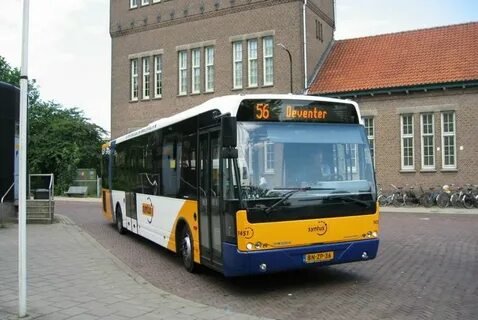Introduction
“Hoogwaardig openbaar vervoer” means high‑quality public transport. It’s fast, reliable, and comfy. This type of public transport offers an attractive alternative to cars in cities.
What Is Hoogwaardig Openbaar Vervoer?
High‑quality public transport (HOV) includes fast, frequent, and reliable services with good comfort and real‑time info for users. It may run on rails or roads. Light Rail often forms part of HOV. Frequent stops and strong branding make the service feel like a product to sell to riders.
Why It Works Better Than Cars
HOV competes with cars because it’s frequent (every few minutes), fast, and reliable. It runs early and late, even on weekends. It often has lanes or signal priority to avoid traffic jams.
also supports sustainable city planning. helps reduce car use, improve living conditions, and make cities greener. Dutch HOV systems aim to be emission‑free by 2030.
Forms of High-Quality Transport
HOV includes:
- Metro and Light Rail (tram‑style)
- Guided buses or dedicated bus lanes with high speed
- Express buses or BRT: fast buses often using freeways with few stops
Bus Rapid Transit (BRT) in the HOV Mix
Bus Rapid Transit (BRT) speeds up bus travel with features like dedicated lanes, pre‑boarding, and signal priority. It’s often 25% faster than regular buses.
It combines rail‑style speed and capacity with bus flexibility. BRT is cheaper to build and adapt, since it needs no track.
But BRT may require more maintenance and doesn’t scale as well as rail.
Light Rail’s Advantages
Light Rail delivers higher capacity, smoother rides, and better reliability. It attracts more riders and can shape urban development.
Still, LRT costs more and takes longer to build. The choice between BRT and LRT depends on city budget, density, and goals.
Park and Ride: Linking Car and HOV
Park and Ride lets you drive to a transit station, park, and then ride high‑quality public transport. It’s an easy way to connect suburban drivers to city transit.
HOV in Dutch Cities: Real-World Examples
In the Netherlands, HOV includes systems like R‑net and HOV1 in Eindhoven. These use comfortable buses or trams with high service levels and good info.
Projects such as Zuidtangent or the Westtangent include exclusive bus lanes and overpasses. These cut travel time and boost frequency.
New bus networks in areas like Leidsche Rijn show how HOV can link new suburbs via dedicated infrastructure.
Building HOV: Challenges and Tools
Creating HOV often involves infrastructure changes like new stops, bus lanes, and signal systems. The effect ripples through neighborhoods and needs careful planning.
Organizations like CROW, DOVA, and KiM offer strategies, guidelines, and best practices—especially for BRT in the Netherlands.
Sustainable Mobility and Public Transport Infrastructure
HOV is part of sustainable mobility. It helps cities reach climate goals, cut car emissions, and offer equal access to transport.
Strong public transport infrastructure supports this shift. HOV acts as the backbone, and supports include feeder lines, hubs, and smart transport networks.
Conclusion
“Hoogwaardig openbaar vervoer” offers fast, frequent, and reliable transport. Whether via BRT, Light Rail, or Metro, it beats car commuting. When combined with Park and Ride systems and strong infrastructure, HOV supports sustainable, inclusive mobility.
FAQs
1. What exactly is “hoogwaardig openbaar vervoer”?
It refers to high-quality transport services—fast, frequent, reliable, and comfortable—often on dedicated lanes with real-time info.
2. How does BRT differ from Light Rail?
BRT uses buses on dedicated lanes with priority and pre-boarding. Light Rail runs on rails and offers higher capacity and smoother rides.
3. Why include Park and Ride in HOV planning?
Park and Ride links car users to public transport, helping reduce congestion and extending transit reach.
4. Are there real examples of HOV in the Netherlands?
Yes—like R-net and HOV1 in Eindhoven, plus systems like Zuidtangent that use exclusive lanes and improved infrastructure.
5. What resources help cities build HOV?
Dutch frameworks like BRT guides, KiM studies, CROW, and DOVA offer tools, data, and best practices.

